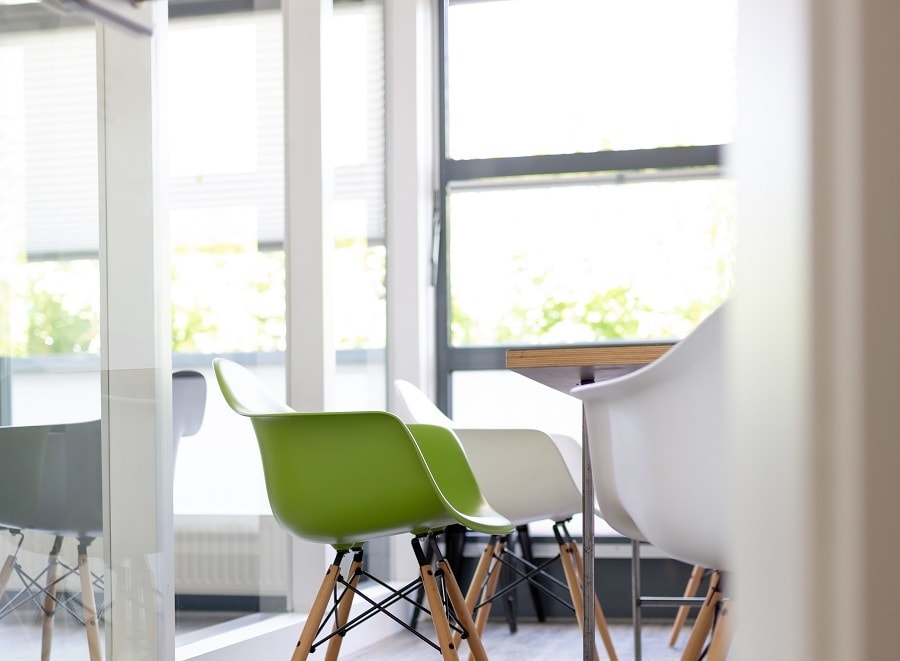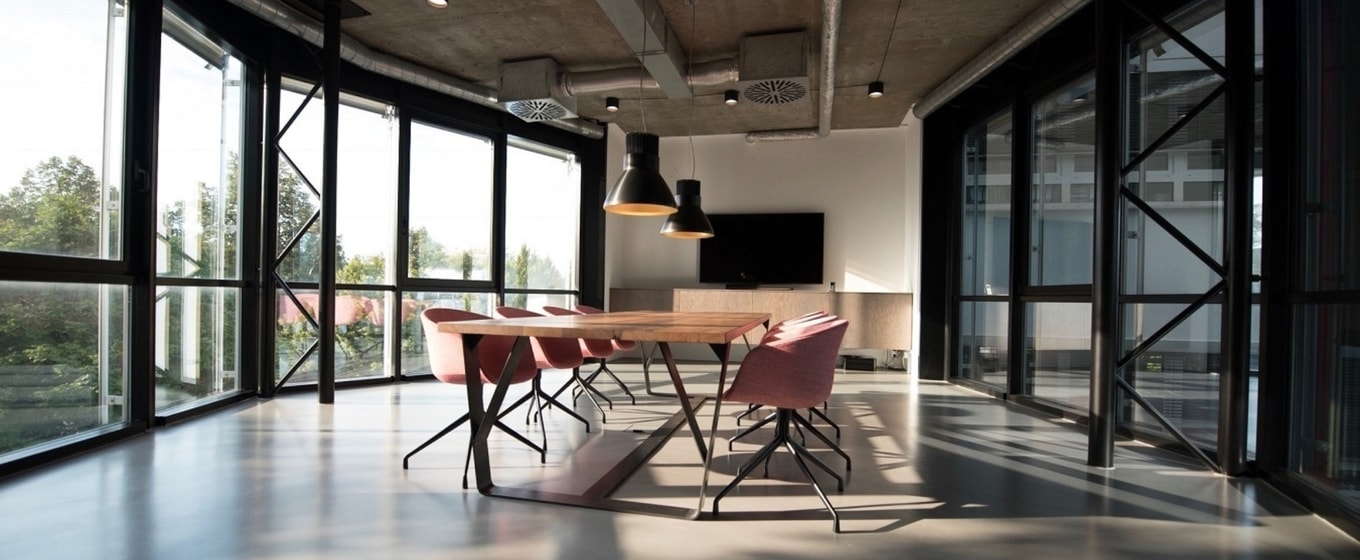Running a small business can be quite a stressful task and, with fewer resources available, your staff often have to take on multiple roles. This busy, sometimes hectic lifestyle can often affect the wellbeing of those working for, or running, an SME. In the modern day, it is important for every business to have some kind of wellbeing strategy which ensures that the mental and physical health of employees is considered. The average worker in the UK spends around 31 hours a week at work, but for an SME that number can be at least double that. This fast-paced lifestyle can lead to burnout, so one way to ensure small business workers are maintaining positive mental health is by introducing the ideology of Biophilic Design in the workplace.
What is biophilic design?
Have you ever noticed that you feel happier, healthier and more at ease when you are outdoors, getting up close and personal with the natural world? Perhaps you like breathing in the fresh sea air at the beach or strolling through a shaded woodland. That innate biological connection to nature is what we call ‘biophilia’. In this context, biophilic design is an office or building design which incorporates elements of the natural world. But it’s a lot more than just bringing a few plants into the office - it involves the use of natural building materials, specific structural geometry and sustainable processes.
Why use biophilic design in your office?
A substantial amount of research into biophilic design and its impact has shown that implementing this design philosophy into your workplace can reap a variety of rewards. A 2017 report by the Office for National Statistics (ONS) shows that, in the UK, an estimated 137 million working days were lost, in 2016 alone, as a result of sickness and injury. In a small business environment, where staff productivity is absolutely vital to growth, reducing absenteeism can make or break a business. A 2011 study, by Ihab M.K. Elzeyadi, Ph.D., LEEDAP, found that employees in offices with high levels of natural daylight and views of trees, bushes and plants took fewer sick days. From this, you can reasonably deduce that restricting your employees' access to nature will have a negative effect on the mental and physical wellbeing of your team.

Incorporating natural daylight not only positively affects the wellbeing of your team, but also cuts down on energy bills.
There are seven key elements to biophilic design, each linked to different health and wellbeing benefits:
1. A view of nature
This is the first and simplest element of biophilic design. A view of nature in the workplace has been linked with lowering blood pressure and heart rate as well as improving mental engagement, attentiveness and happiness. However, depending on your office location, it might not be possible to provide a direct view of nature, especially if you are in a built-up area. This is where your internal décor can help. By having images of the natural world, as well as plant life and other natural elements, you can bring that natural view into an unnatural environment.
2. Non-visual stimuli
Whilst a visual representation of nature is important, you shouldn’t forget about the other senses too. Using fragrances, textures, sounds and other physical stimuli to awaken the sense of smell, touch, sound and taste can have a really positive effect on stress levels whilst simultaneously improving overall mental health. The sense of touch might be created through wicker chairs, or large ferns being placed around the office which brush up against anyone who walks by. By adding a herb garden you can create those beautiful natural smells too.
3. Airflow variability
A natural airflow can positively impact comfort, wellbeing and concentration. Getting the temperature right and incorporating a natural airflow throughout the building is an easy way to add that biophilic touch. Simply get the window open, introduce fans, or get air conditioning units with a natural airflow setting.
4. A presence of water
There are many ways to bring the presence of water into the office, whether it be through a water fountain, water chains outside the window or even an aquarium. It’s best to try and simulate a natural flow of water, which can help to reduce stress, improve concentration and memory restoration and ignite a positive emotional response.
5. Dynamic lighting
Again, this is one that can be difficult to achieve if your office does not provide much natural light, so if you are in the process of finding a new office, then look for one which has well positioned windows that will let in as much natural light as possible. Natural, dynamic lighting systems have been known to positively impact circadian system functioning, which keeps us in sync with the 24-hour day, therefore improving sleep patterns too. This type of lighting is also associated with increased visual comfort and overall productivity.
6. Biomorphic shapes and patterns
The natural world is full of absolutely fascinating and mind-blowing shapes and patterns. A biomorphic shape or pattern can be recreated within the office by selecting interestingly shaped furniture or decorations within the office. Think of a beehive, or the rings inside a tree trunk. These patterns are known to reduce stress and enhance concentration.
7. Spatial hierarchy
The way in which different elements within your office are spaced can actually have a big impact on the overall satisfaction levels of those using the space, and again, the right spatial hierarchy can actually help to reduce stress. Think of creating places where employees can seek refuge, as well as large, open social areas for people to meet and collaborate.
While a truly biophilic design may be hard for many small businesses to achieve, especially if your business is already set up in an office which does not incorporate biophilic design, there are still many ways to incorporate these unique design style into your office. By learning from each of the seven key elements of biophilic design, you can start to create a working environment which has a positive impact on the health and wellbeing of your employees. The modern business world can be a stressful place, so it’s important that each and every business, no matter its size, is taking positive steps to ensure the health and wellbeing of all staff, including the founders themselves. You’ve got to take care of your staff and yourself first before you can take care of your business.
About the Author
Dale Stone, Design Consultant of Axis House, is an expert at helping businesses create an office workspace which both increases staff productivity and improves morale. Axis House are office refurbishment specialists, ensuring everything from initial concept to design and fit out.






These cookies are set by a range of social media services that we have added to the site to enable you to share our content with your friends and networks. They are capable of tracking your browser across other sites and building up a profile of your interests. This may impact the content and messages you see on other websites you visit.
If you do not allow these cookies you may not be able to use or see these sharing tools.